Home>Technology>Security & Surveillance>How To Lock A Closet Door
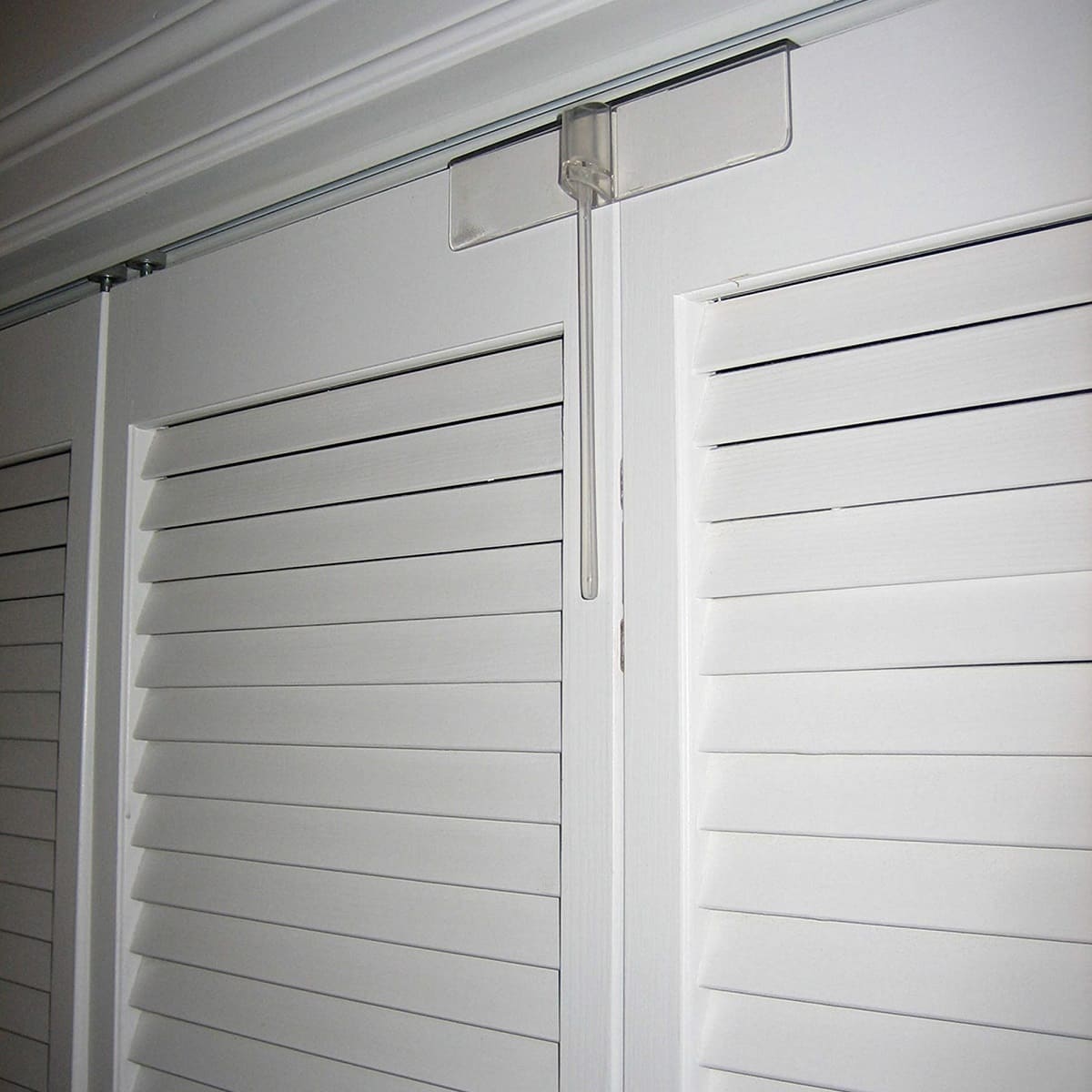

Security & Surveillance
How To Lock A Closet Door
Modified: April 22, 2024
Learn how to properly secure your closet door for added safety and privacy. Find effective tips and techniques for enhancing security and surveillance. Protect your belongings with these closet door locking methods.
(Many of the links in this article redirect to a specific reviewed product. Your purchase of these products through affiliate links helps to generate commission for Storables.com, at no extra cost. Learn more)
Introduction
Securing your closet can be essential for maintaining privacy, protecting valuables, or ensuring the safety of children. Whether you're aiming to keep curious toddlers away from hazardous items or safeguarding your personal belongings, finding the right locking mechanism for your closet door is crucial. In this comprehensive guide, we will explore the step-by-step process of selecting and installing a lock for your closet door, along with additional security measures to enhance protection. By following these steps, you can achieve peace of mind and fortify the security of your closet space. Let's dive in and learn how to effectively secure your closet door.
Key Takeaways:
- Choose the right lock for your closet based on your specific needs, such as security level, ease of use, and compatibility with the door material. Consider options like keyed locks, privacy locks, padlocks, and electronic locks.
- After installing a lock on your closet door, test its functionality, security, and accessibility. Involve household members in the testing process to ensure the lock meets everyone’s needs. Consider additional security measures like security cameras and motion-activated lighting to enhance protection.
Read more: How To Lock A Closet Door
Step 1: Choose a Locking Mechanism
When it comes to selecting a locking mechanism for your closet door, there are various options to consider, each with its own advantages and suitability for different scenarios. Here are some popular choices:
- Keyed Locks: Keyed locks provide a high level of security and are ideal for closets storing valuable items or sensitive documents. They require a key to unlock, offering a reliable deterrent against unauthorized access. However, it’s important to keep the key in a secure location to prevent accidental lockouts.
- Privacy Locks: Privacy locks, often found in bathrooms and bedrooms, are designed to prevent unintentional intrusion rather than providing high-level security. They are typically equipped with a simple push-button or twist mechanism for locking and unlocking.
- Padlocks: For closets that don’t have built-in locking mechanisms, padlocks can be a versatile solution. They come in various sizes and can be used with hasps or eye hooks installed on the closet door for added security.
- Electronic Locks: With advancements in technology, electronic locks offer keyless entry through keypad combinations, biometric scans, or smartphone connectivity. These modern options provide convenience and can be integrated into smart home security systems.
Before choosing a locking mechanism, consider the specific requirements of your closet and the level of security needed. Additionally, assess factors such as ease of use, durability, and compatibility with the door material. Once you’ve determined the most suitable locking mechanism for your closet, you can proceed to the next step of the installation process.
Step 2: Install the Lock
Once you have selected the appropriate locking mechanism for your closet door, the next step is to proceed with the installation process. Depending on the type of lock chosen, the installation steps may vary. Here’s a general overview of how to install different types of locks:
- Keyed Locks: Installing a keyed lock involves carefully marking and drilling holes for the lock cylinder and latch, as well as mortising the door to accommodate the strike plate. It’s crucial to ensure precise alignment and smooth operation of the key mechanism. Following the manufacturer’s instructions and using the provided templates can help simplify the installation process.
- Privacy Locks: Privacy locks are relatively straightforward to install and typically require a few screws and minimal drilling. Ensure that the lock mechanism aligns properly with the door frame to allow smooth locking and unlocking.
- Padlocks: Installing a padlock on a closet door may involve attaching a hasp or eye hook to the door and door frame to secure the shackle of the padlock. It’s important to use durable mounting hardware and ensure that the padlock is resistant to cutting or tampering.
- Electronic Locks: Installing electronic locks often involves mounting the keypad or biometric scanner, connecting the control unit, and programming user codes or fingerprints. Some electronic locks may require wiring for power, while others operate on battery power for added convenience.
Regardless of the type of lock you are installing, it’s essential to follow the manufacturer’s instructions diligently and use the appropriate tools for the job. Taking precise measurements, double-checking alignments, and testing the functionality of the lock before completing the installation are crucial steps to ensure optimal performance.
If you encounter any challenges during the installation process, seeking assistance from a professional locksmith or a knowledgeable individual can help address any technical issues and ensure that the lock is installed securely and effectively.
Install a simple slide bolt or a key lock on the closet door to secure it. Make sure to choose a lock that is easy to use and fits the door properly.
Step 3: Test the Lock
After successfully installing the chosen locking mechanism on your closet door, it’s vital to thoroughly test the functionality and security of the lock. Testing the lock ensures that it operates smoothly and provides the intended level of security. Here are essential steps to follow when testing the lock:
- Operational Testing: Verify that the lock can be engaged and disengaged without any resistance or sticking. For keyed locks, ensure that the key turns smoothly and that the latch retracts and extends properly. Privacy locks should lock and unlock effortlessly with the designated button or twist mechanism.
- Security Testing: Assess the lock’s resistance to tampering or forced entry. Attempt to bypass the lock using common methods such as prying, picking, or applying pressure to the door. This evaluation helps identify any vulnerabilities and reinforces the need for robust security measures.
- Accessibility Testing: Consider the ease of use for authorized individuals. If the lock requires a key, code, or biometric authentication, ensure that authorized users can readily access the closet without encountering complications or delays.
Conducting these comprehensive tests allows you to address any potential issues or deficiencies in the lock’s performance before relying on it for everyday use. If any irregularities or concerns arise during the testing phase, it’s advisable to revisit the installation and make necessary adjustments to enhance the lock’s effectiveness.
Furthermore, involving other household members or individuals who will regularly access the closet in the testing process can provide valuable feedback and ensure that the lock meets the needs and expectations of all users. By prioritizing thorough testing, you can instill confidence in the reliability and security of the newly installed lock for your closet door.
Step 4: Additional Security Measures
While a reliable locking mechanism forms the foundation of closet security, implementing additional measures can further fortify the protection of your belongings and enhance overall safety. Consider the following supplementary security measures to complement the primary lock:
- Security Cameras: Installing a discreet security camera near the closet area can provide visual monitoring and deter unauthorized access. Modern wireless cameras offer convenient remote viewing options and motion detection capabilities.
- Motion-Activated Lighting: Incorporating motion-activated lights in the vicinity of the closet door can illuminate the area when motion is detected, potentially deterring intruders and enhancing visibility during nighttime access.
- Reinforced Door and Frame: Assess the structural integrity of the closet door and frame, considering upgrades such as reinforced hinges, a solid-core door, or a door jamb reinforcement kit to resist forced entry attempts.
- Safe or Lockbox: For storing highly valuable or sensitive items, utilizing a secure safe or lockbox within the closet adds an extra layer of protection, especially in conjunction with a robust locking mechanism.
- Security Decals and Signage: Displaying security decals or signs near the closet door can create a perception of enhanced security and act as a visual deterrent to potential intruders.
By combining these additional security measures with a well-chosen locking mechanism, you can establish a comprehensive security strategy tailored to your specific needs and concerns. Regularly reviewing and updating your security measures in response to evolving circumstances and potential vulnerabilities is essential for maintaining an effective security posture.
Remember that a layered approach to security, encompassing both physical and technological elements, can significantly reduce the likelihood of unauthorized access and provide peace of mind regarding the protection of your closet space and its contents.
Read more: How To Lock Sliding Closet Doors
Conclusion
Securing a closet door involves a thoughtful and systematic approach to ensure the safety of its contents and the peace of mind of its owner. By carefully selecting an appropriate locking mechanism, diligently installing and testing the lock, and implementing additional security measures, you can establish a robust defense against unauthorized access and potential threats.
It’s essential to recognize that the security of a closet extends beyond mere physical protection; it encompasses the safeguarding of personal belongings, sensitive materials, and, in some cases, the well-being of individuals, especially in households with young children. Therefore, investing time and consideration into enhancing closet security is a proactive measure that contributes to a secure and organized living environment.
Furthermore, the customization of security measures to align with specific needs and circumstances empowers individuals to tailor their security strategy effectively. Whether it involves integrating advanced electronic locks, reinforcing the door structure, or implementing surveillance technology, each decision contributes to a comprehensive security posture.
By embracing a multi-faceted approach to closet security and remaining attentive to emerging security solutions, individuals can adapt to evolving threats and maintain a resilient defense against unauthorized access and potential risks. Regular maintenance, periodic security assessments, and staying informed about security trends are integral aspects of sustaining an effective security framework.
Ultimately, the process of securing a closet door transcends the mere act of installing a lock; it embodies a commitment to safeguarding personal space and possessions. Through informed decision-making and proactive security measures, individuals can cultivate a sense of confidence in the protection of their closet space, fostering a secure and tranquil living environment.
Frequently Asked Questions about How To Lock A Closet Door
Was this page helpful?
At Storables.com, we guarantee accurate and reliable information. Our content, validated by Expert Board Contributors, is crafted following stringent Editorial Policies. We're committed to providing you with well-researched, expert-backed insights for all your informational needs.
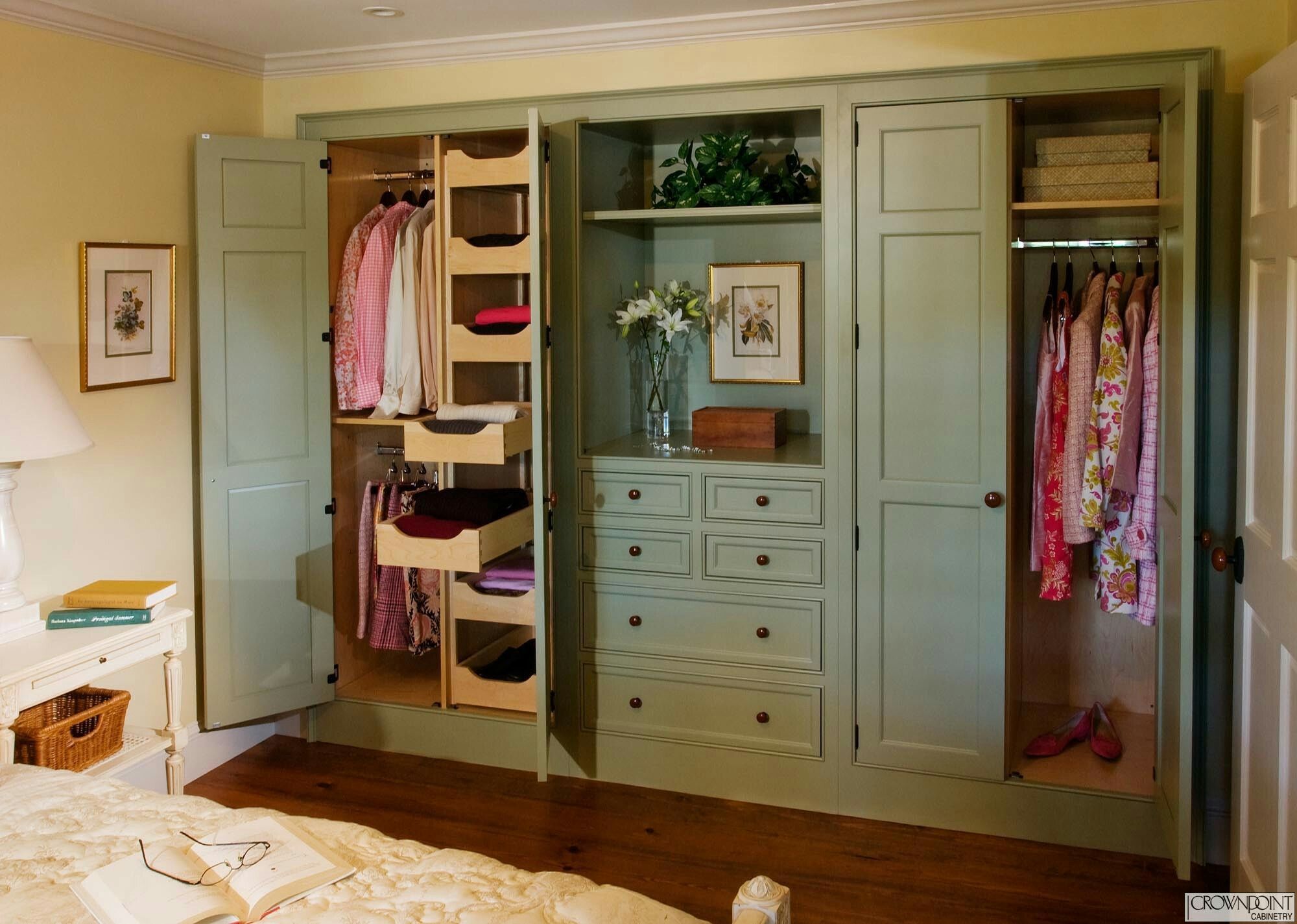
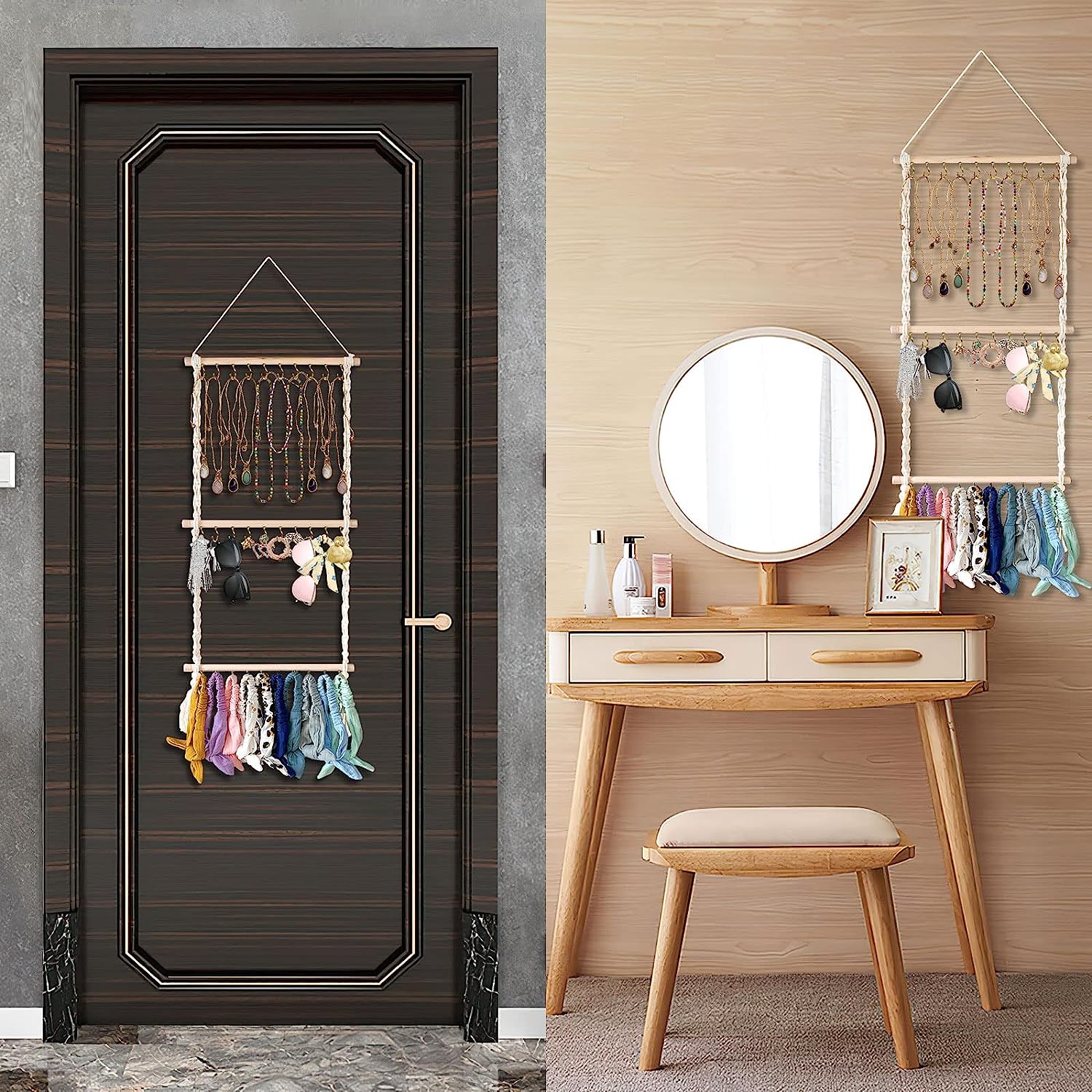
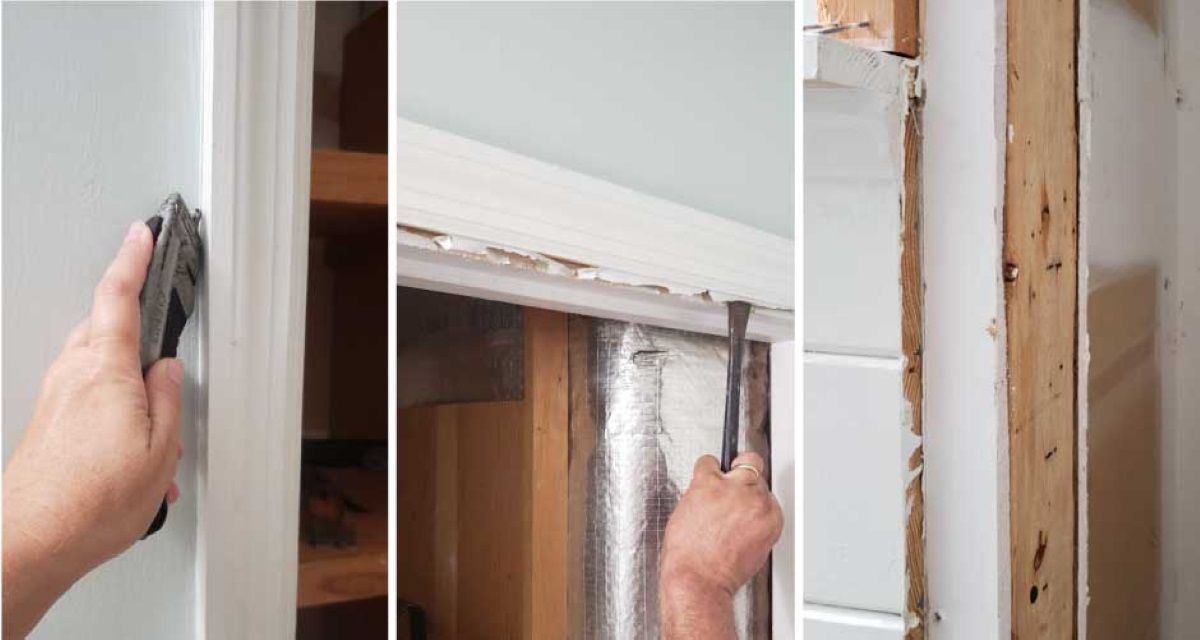
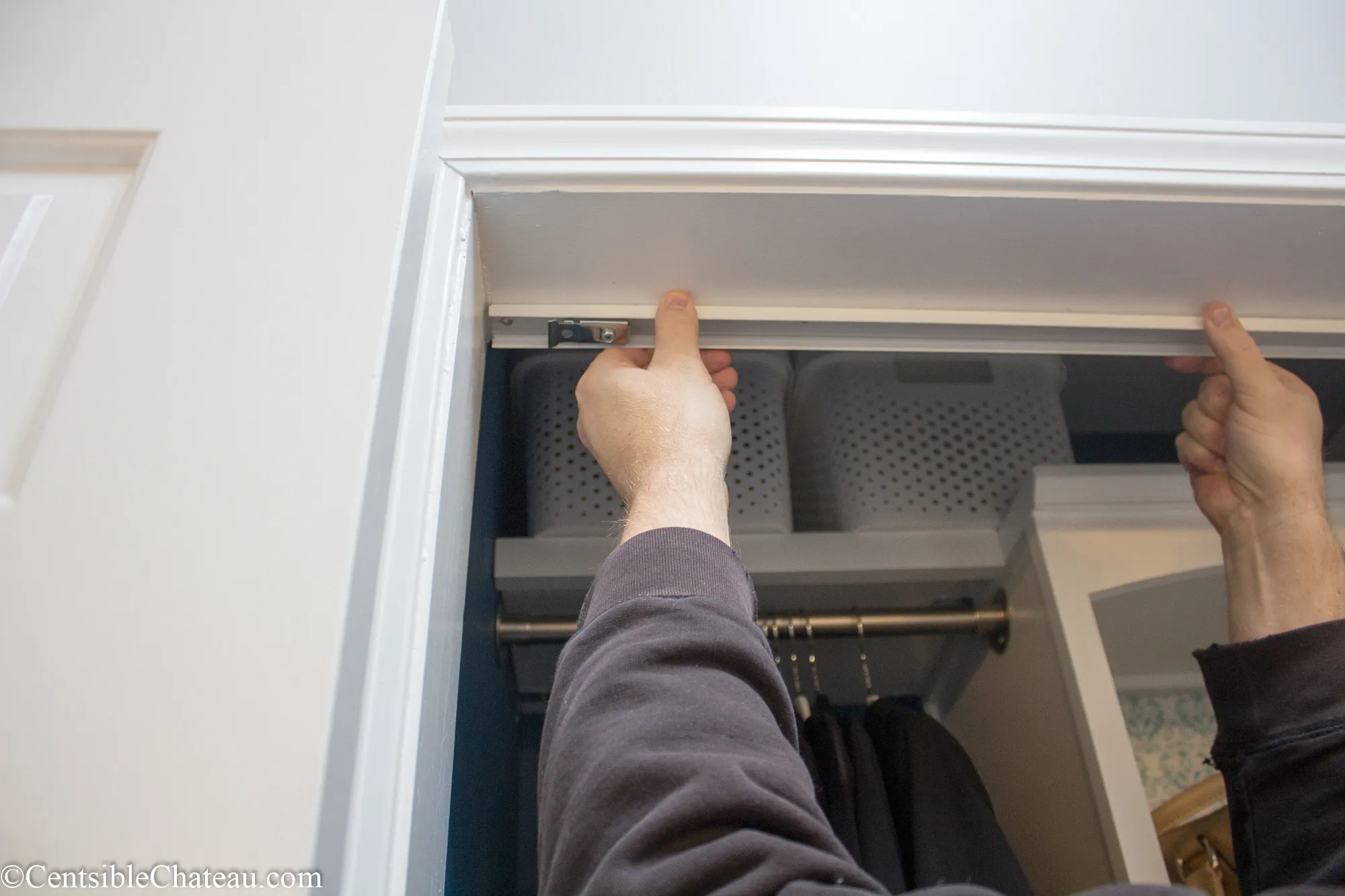
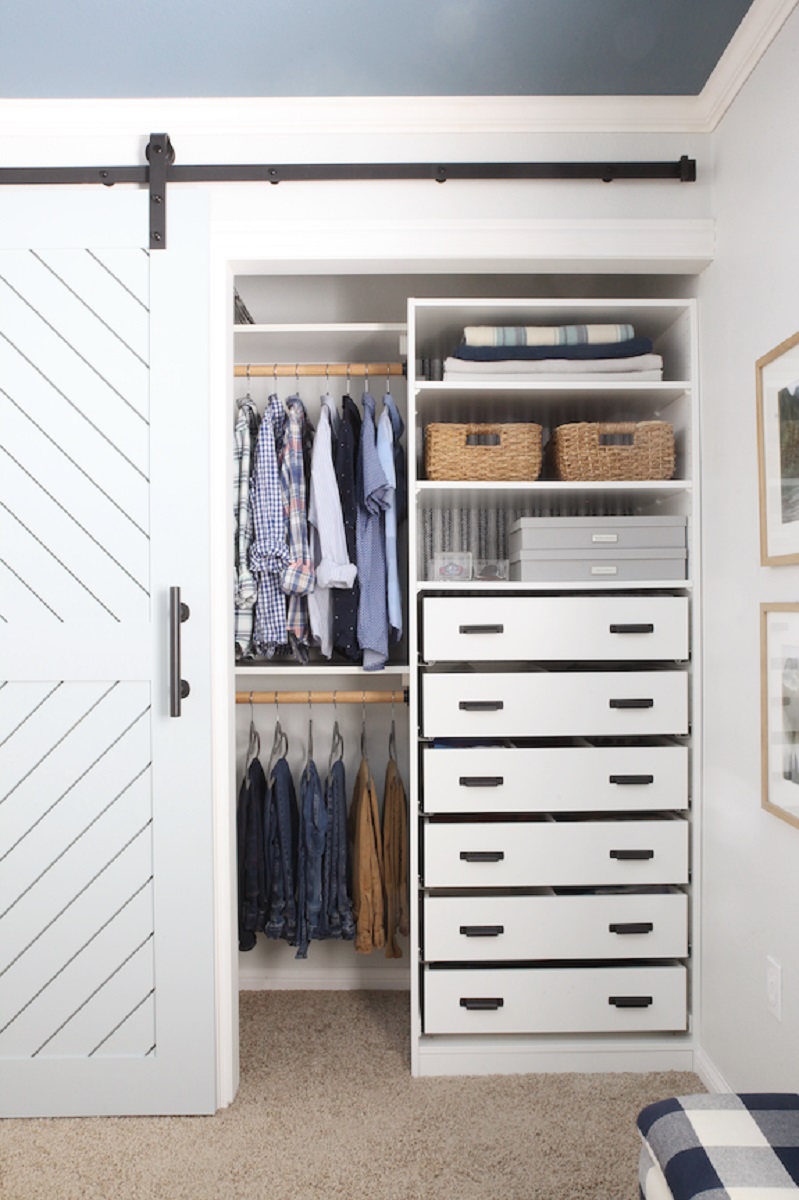
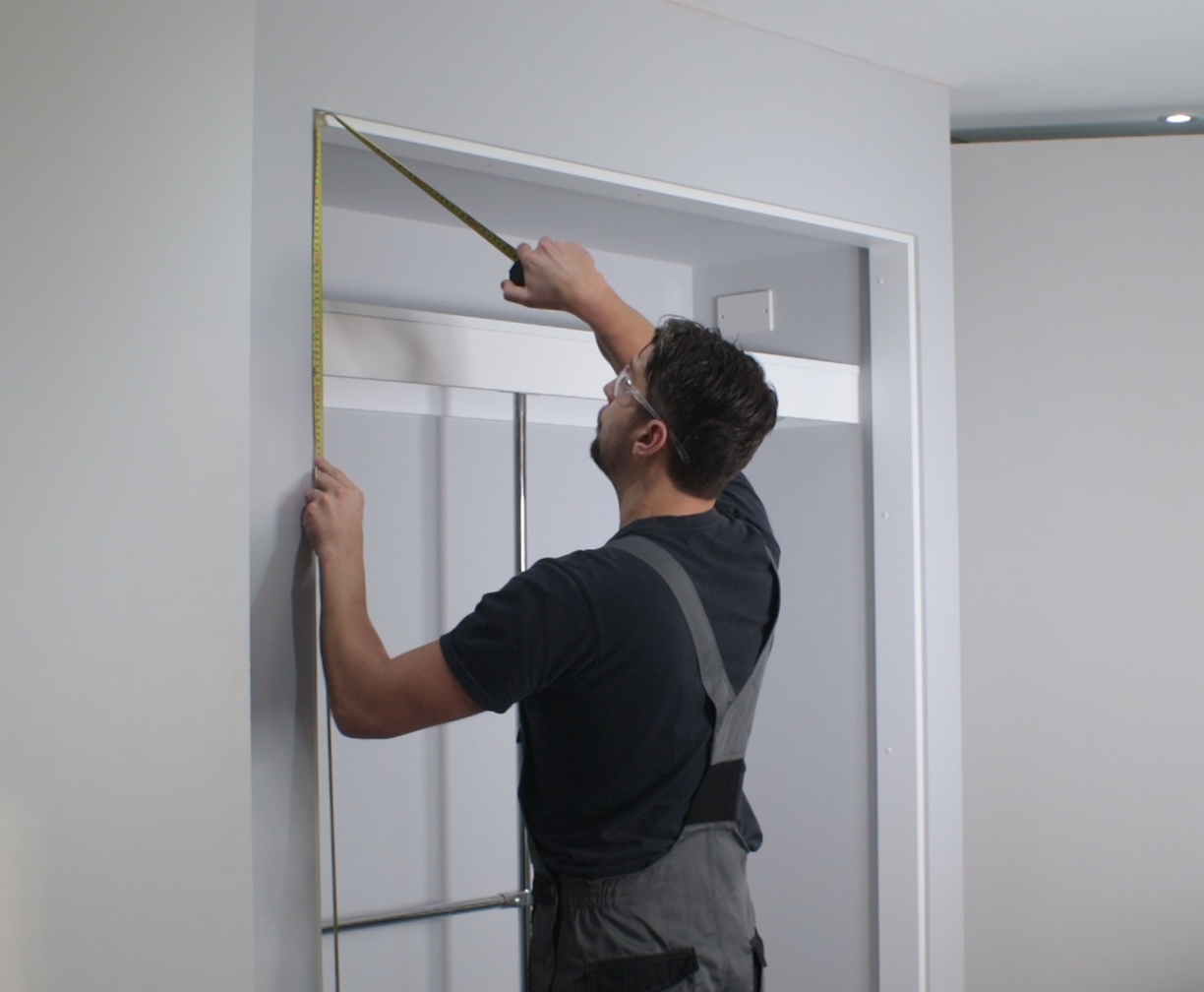
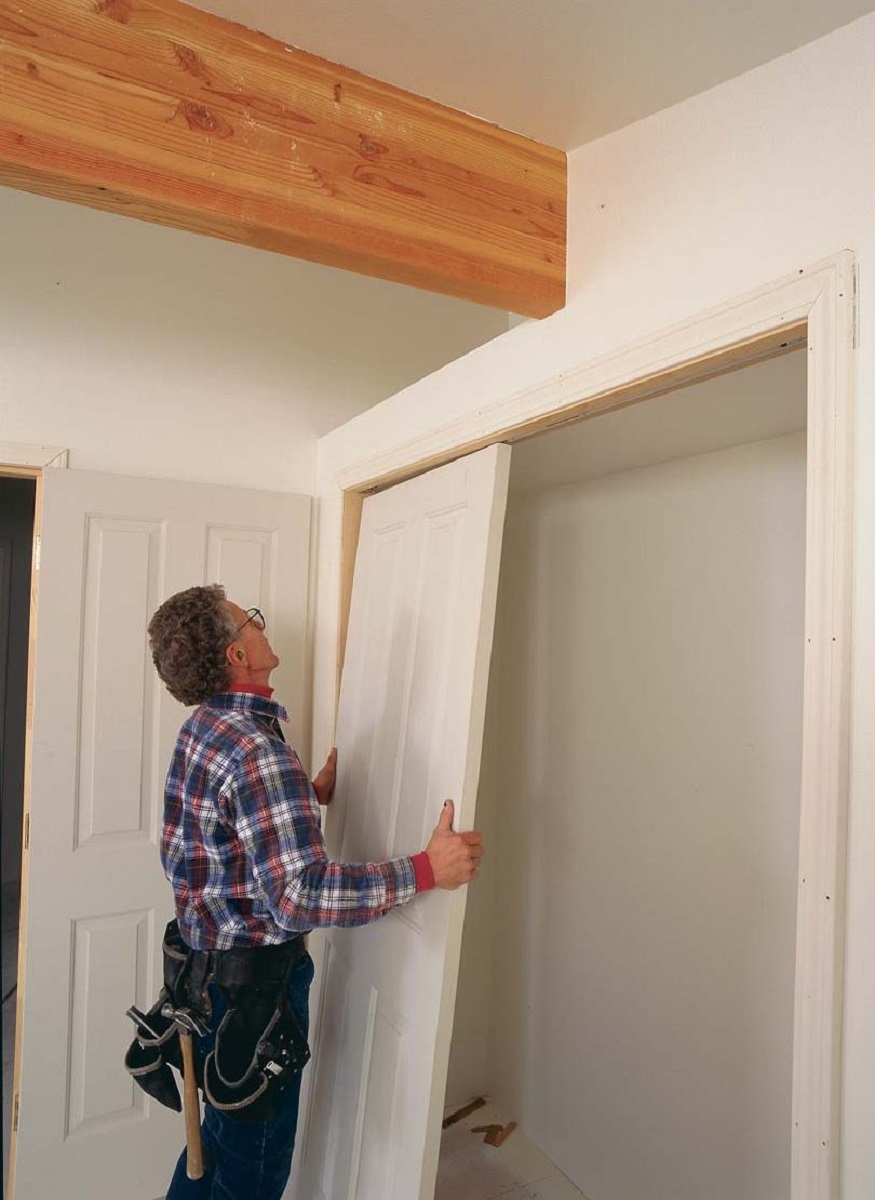
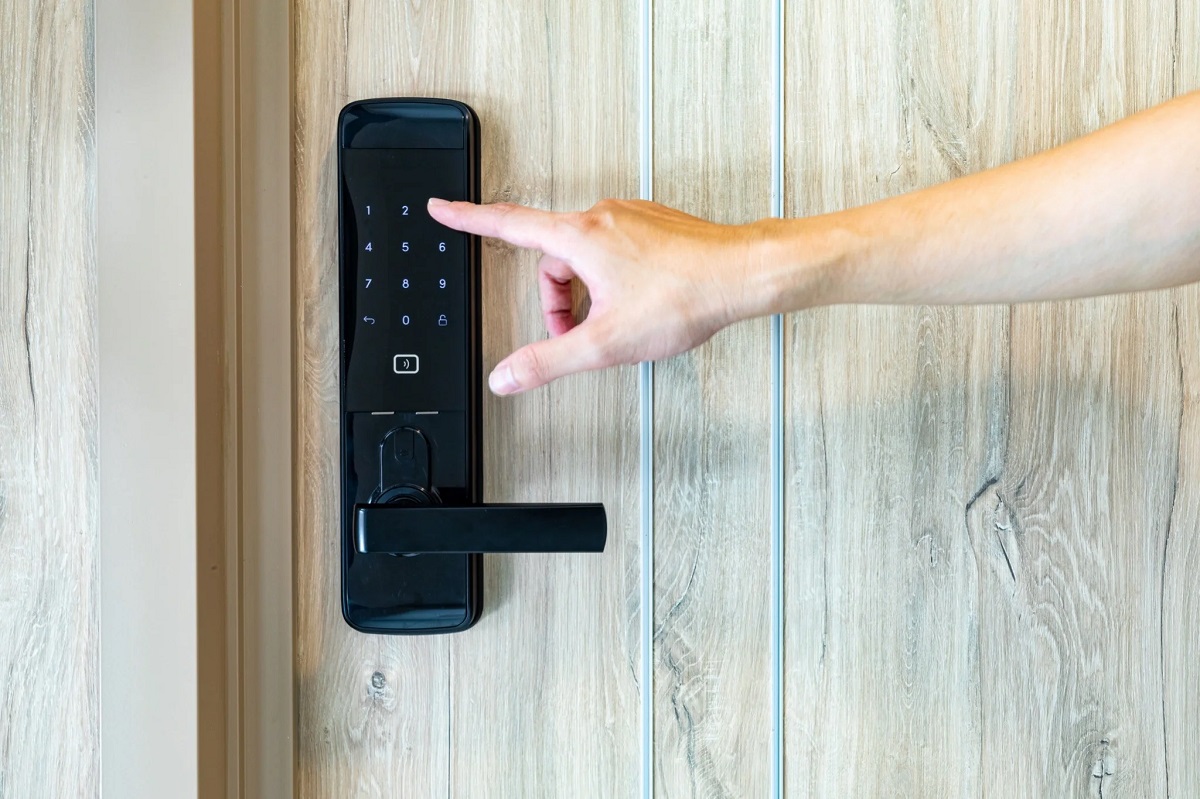
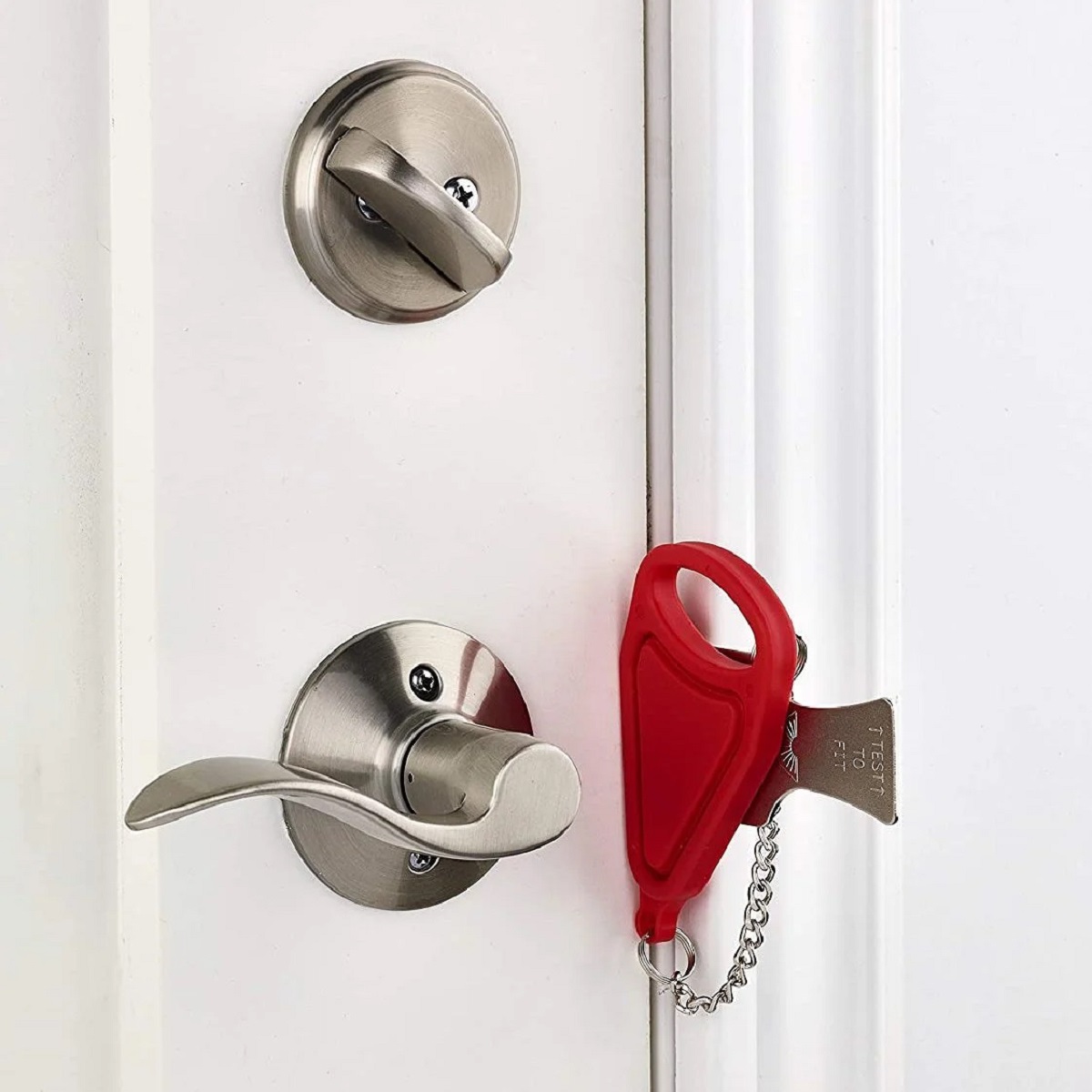
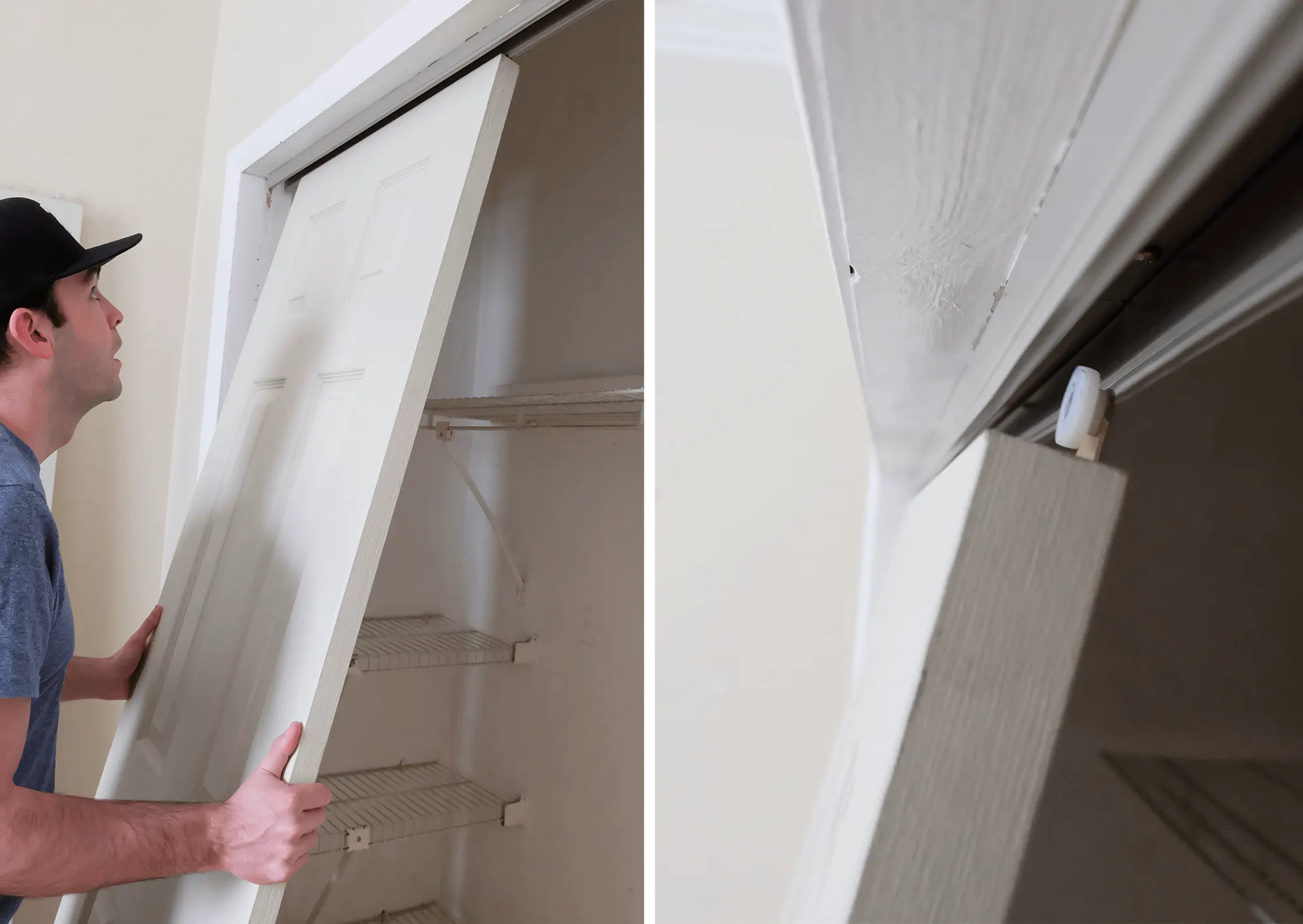
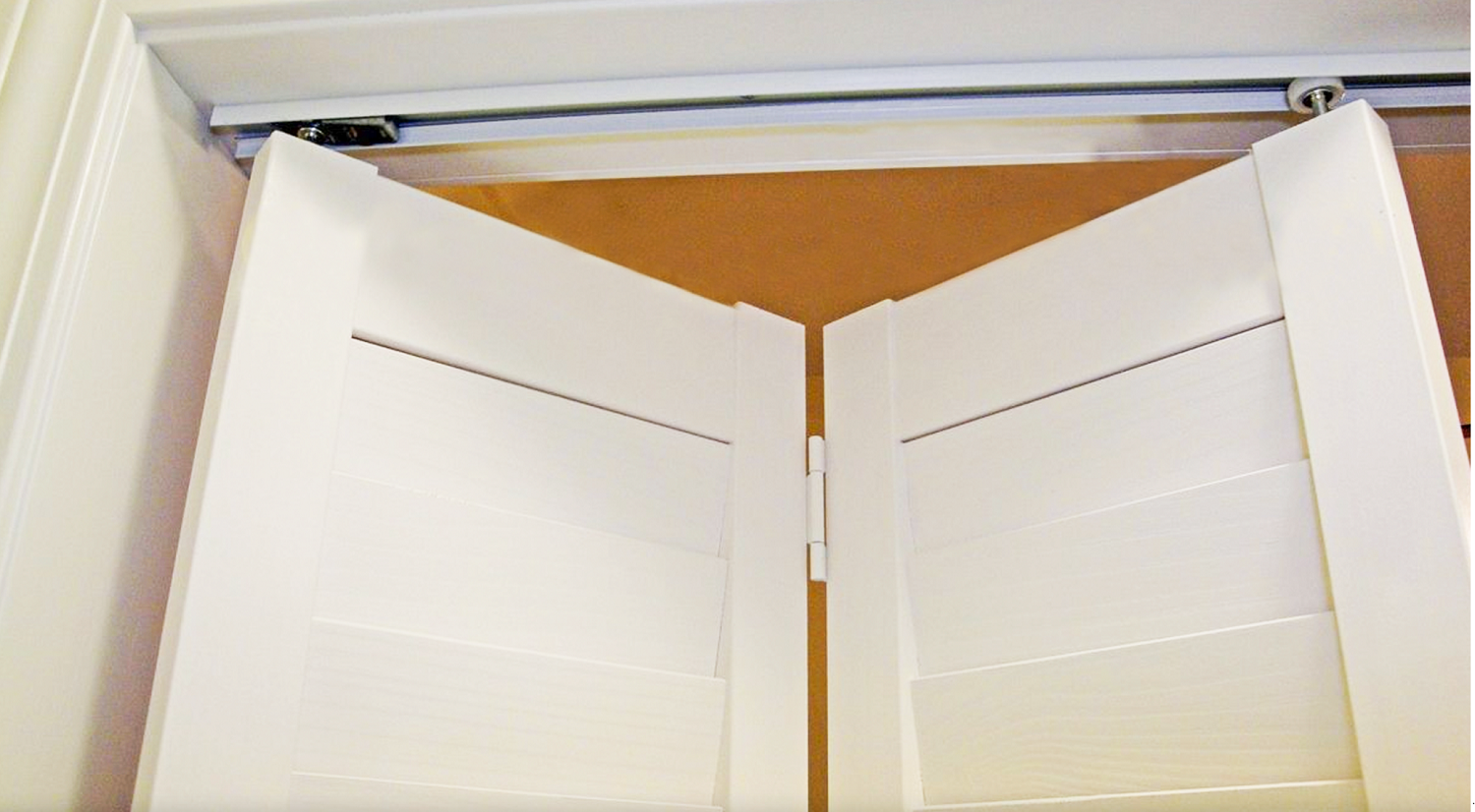
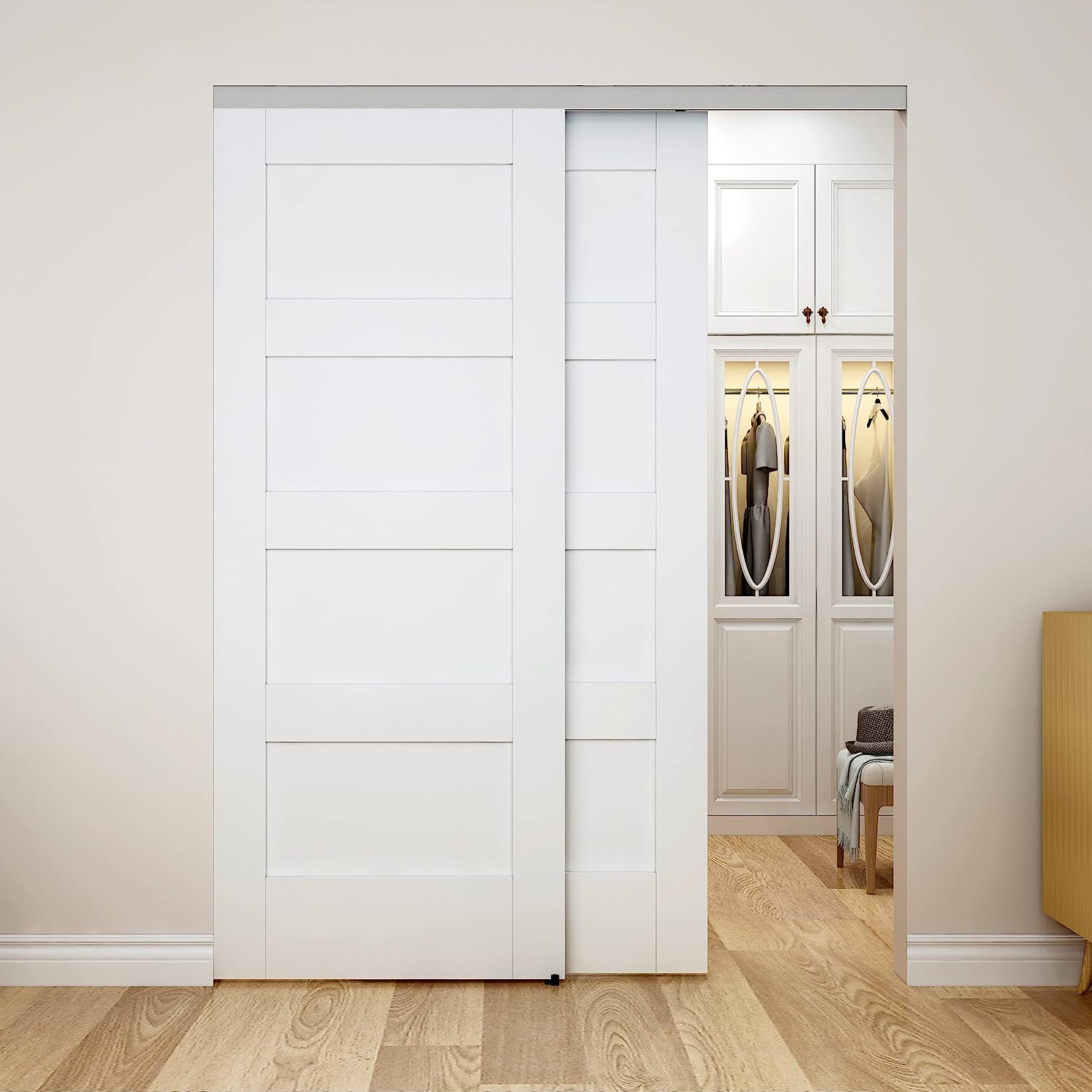
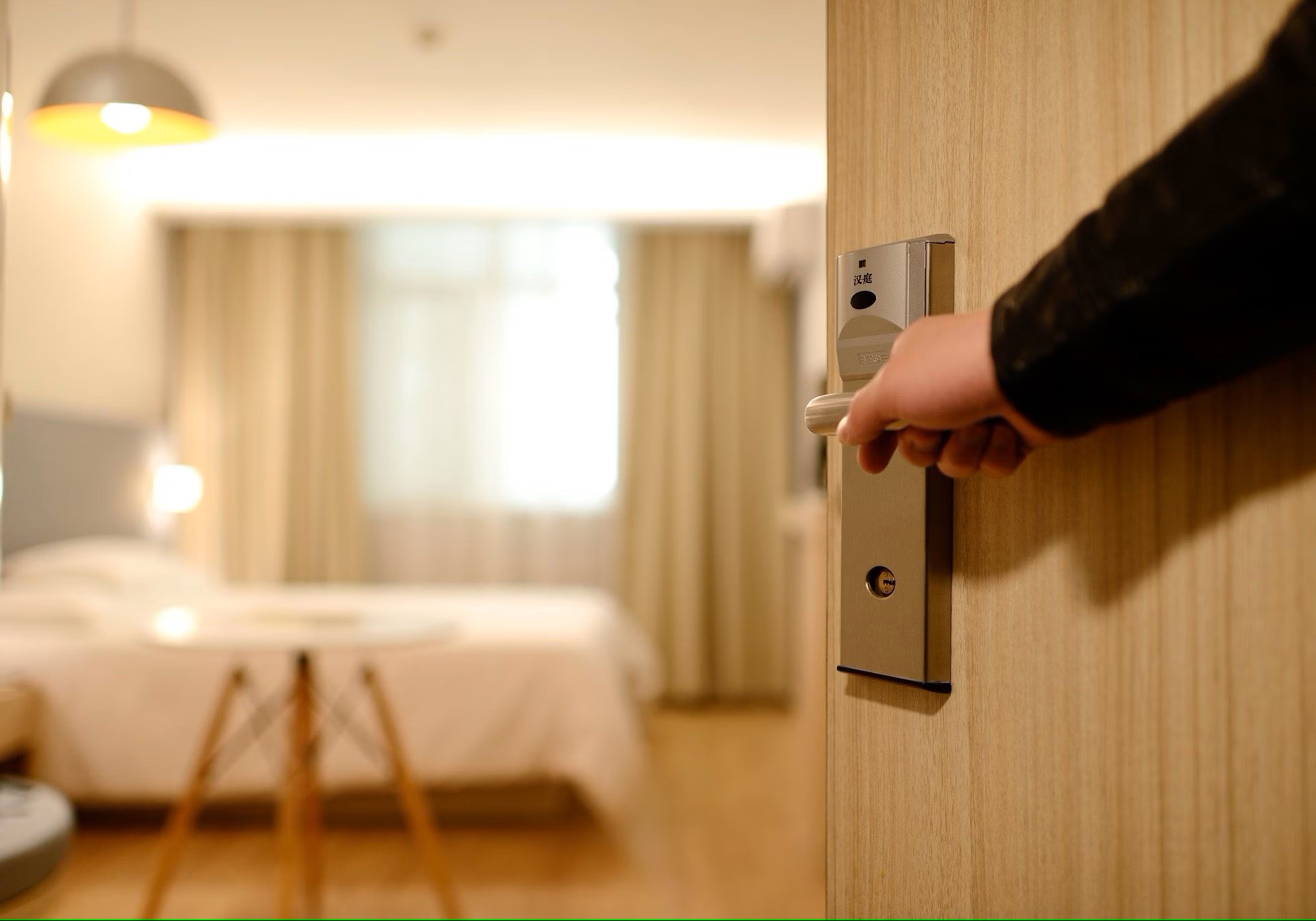
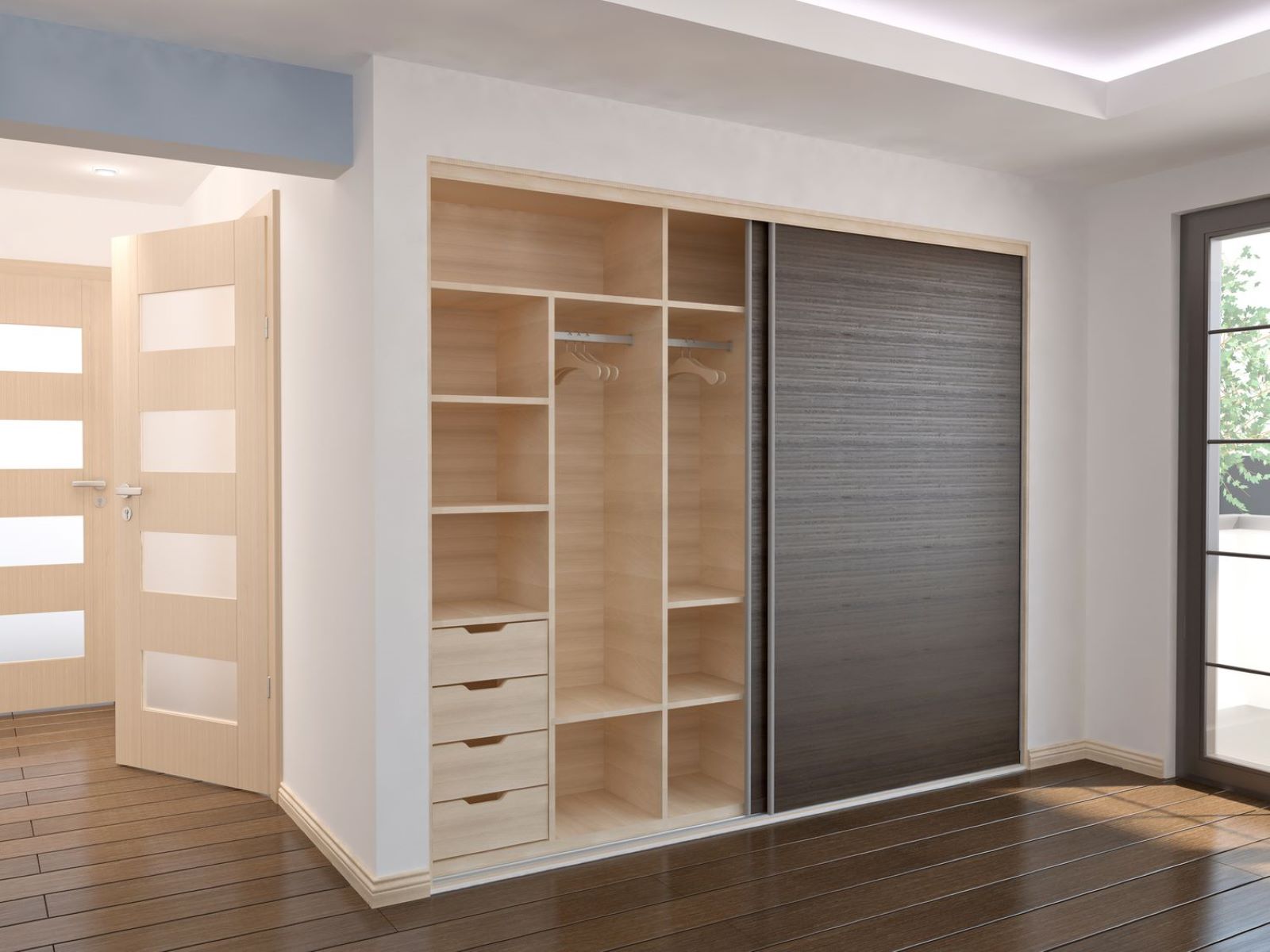

0 thoughts on “How To Lock A Closet Door”